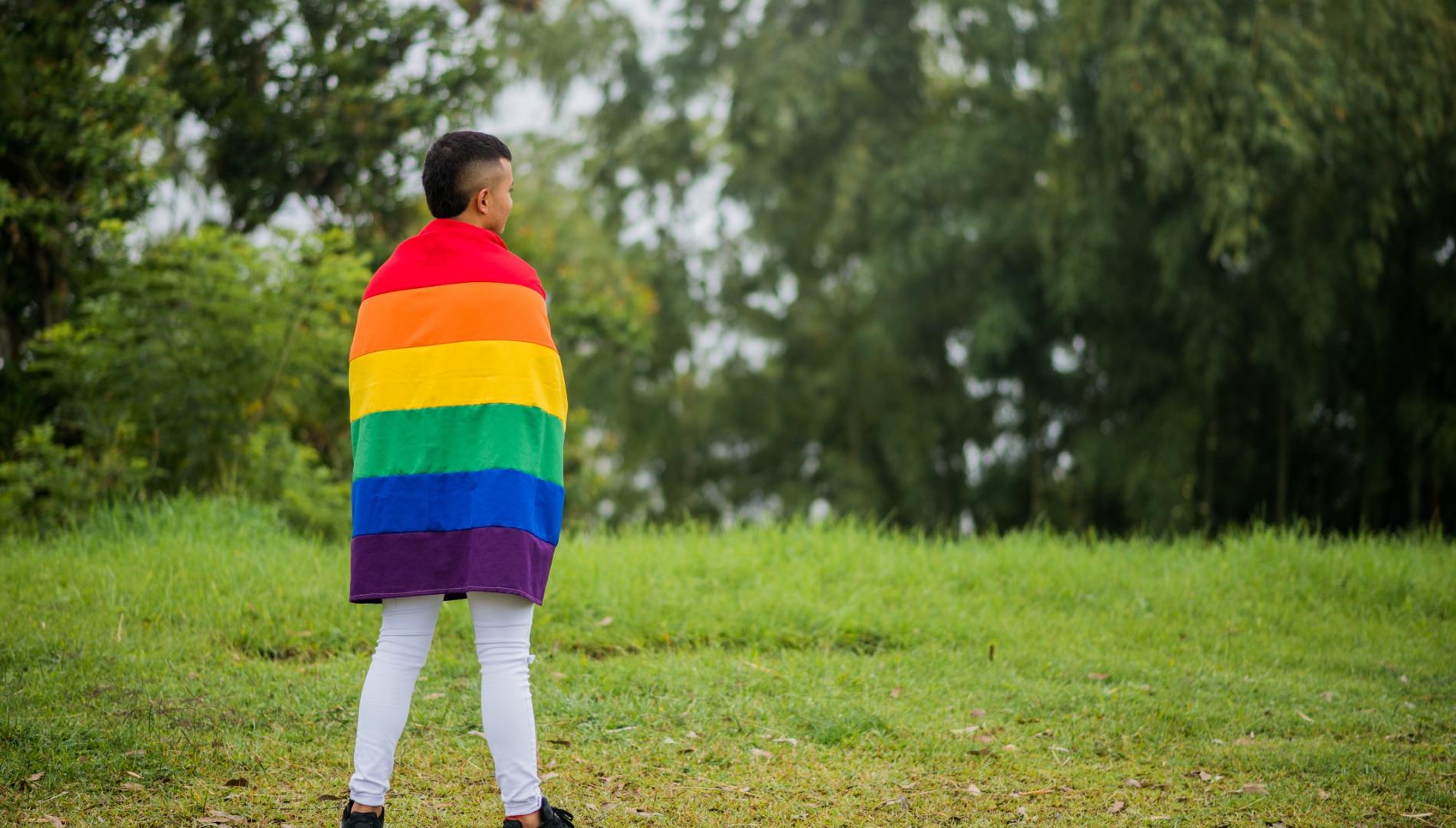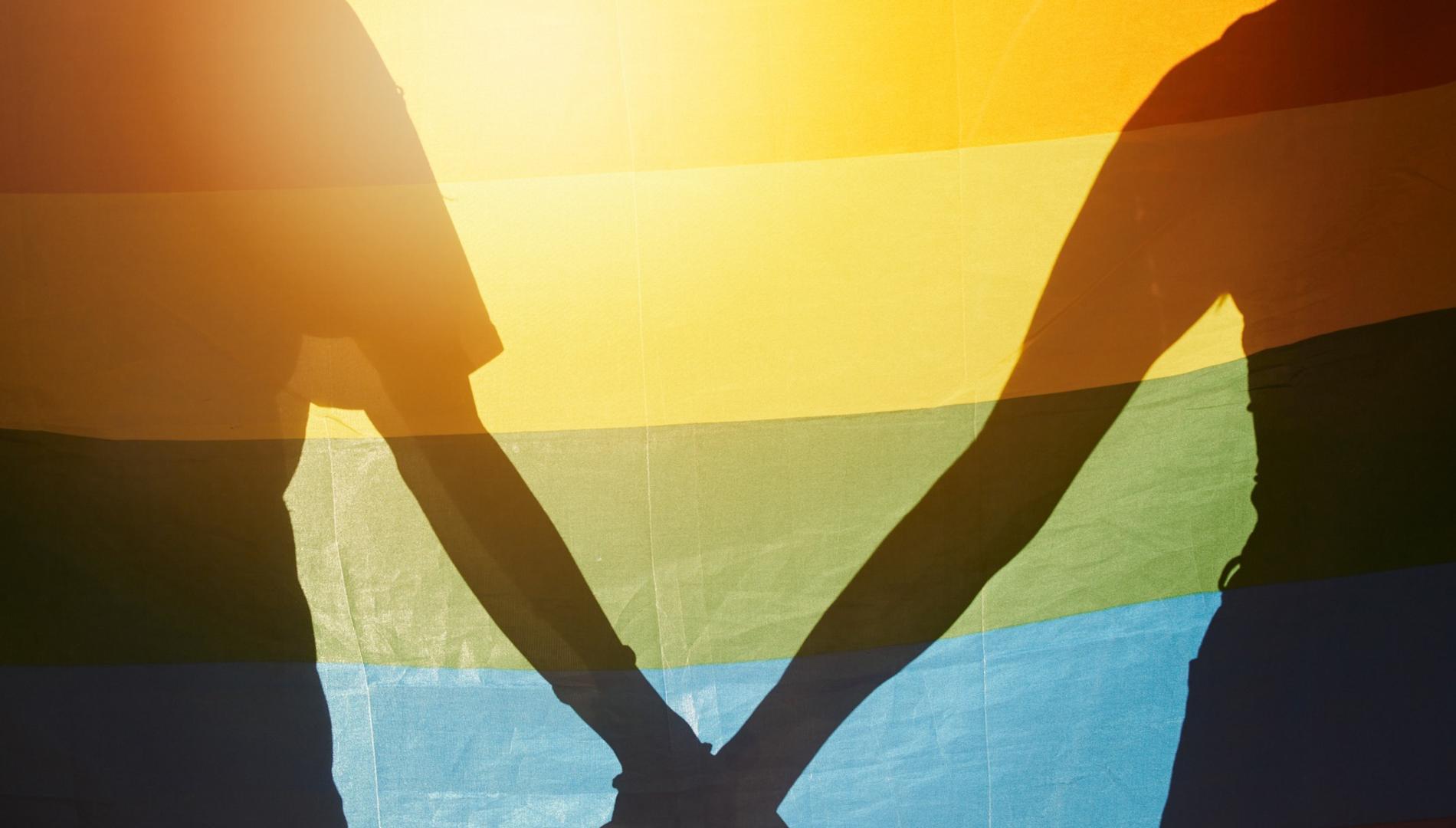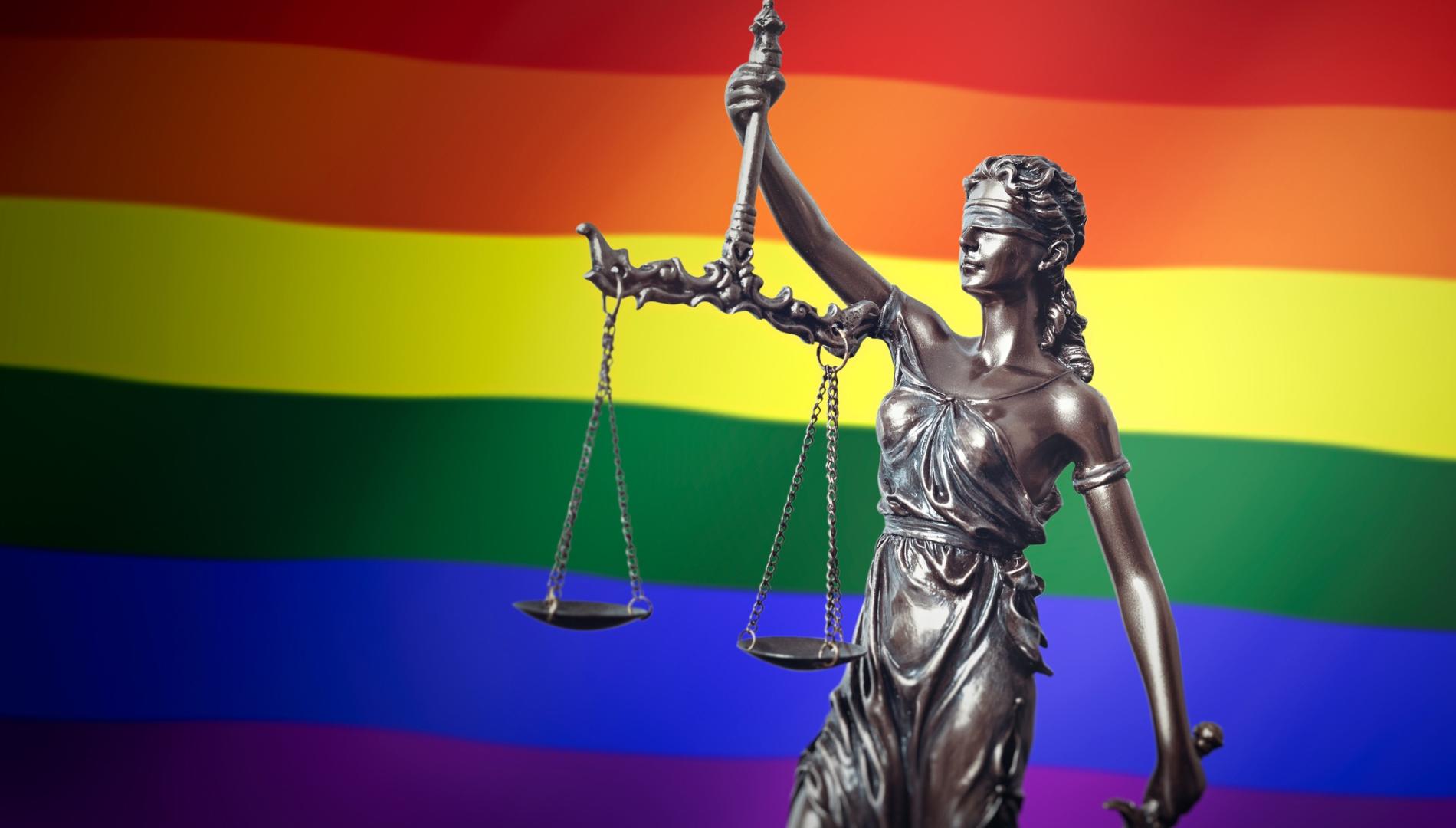LGBTQAI+ people are facing increasing persecution globally, but refugee status is still extremely hard to get
The newly passed Anti-Homosexuality Act in Uganda has made a country that was already dangerous for LGBTQAI+ people truly treacherous.
The new law includes the death penalty for the so-called offence of “aggravated homosexuality”, defined as same-sex relations involving someone who is HIV-positive or under the age of 18.
Many countries around the world are moving towards decriminalising same-sex relations (most recently Barbados, Singapore and the Cook Islands). Others, however, are seeking to impose harsher laws.
For example, in Tanzania, the leader of the women’s wing of the government has called for the castration of men convicted of same-sex related offences. Ghana, meanwhile, appears to have watered down a draconian anti-gay bill, but only after US Vice-President Kamala Harris expressed concerns about it ahead of her visit.
This increasing hostility towards LGBTQAI+ people in some African nations is causing many to flee. But gay and gender-diverse people have historically faced enormous obstacles finding refuge abroad. Today, they remain among the most vulnerable and marginalised of all asylum seekers.
1.4 million people in Uganda live with HIV & 17,000 die a year from its ravages. With the “Kill the Gays” law, new waves of HIV infections are forming as vulnerable people stayed away from treatment centres, afraid of being identified and arrestedhttps://t.co/HComQkaYnl
— Charles Onyango-Obbo (@cobbo3) June 13, 2023
Read more: There's a growing gap between countries advancing LGBTQ+ rights, and those going backwards
LGTBQAI+ Ugandans have few options
For LGBTQAI+ Ugandans, finding a safe haven isn’t easy when four of the five countries that border Uganda also criminalise same-sex sexual conduct (South Sudan, Kenya, Tanzania, and the Democratic Republic of the Congo).
Kenya is the most common destination for asylum seekers fleeing Uganda. However, there’s been a backlash against LGBTQAI+ people in that country after the Supreme Court recently ruled that discrimination on the grounds of sexual orientation violated the constitution.
LGBTQAI+ Ugandans in one Kenyan refugee camp reported facing daily hostilities, saying the situation there is “as terrible as you can imagine”.
There are now increasing calls in Western countries to open their doors to LGBTQAI+ refugees from Uganda, but even in countries with progressive gay rights laws, the process isn’t so simple.
In Australia, for example, from 2018-23 just 1100 asylum seekers were granted a protection visa because of their sexual orientation. This is barely a drop in the ocean of the reported need.
The LGBTQAI+ advocacy group Rainbow Railroad says it receives an average of 10,000 requests for assistance a year from LGBTQAI+ people fleeing persecution.
Read more: Rwanda: LGBT rights are protected on paper, but discrimination and homophobia persist
What international refugee treaties say
The 1951 Refugee Convention is the leading international treaty governing the rights of people seeking asylum. When it was drafted, however, homosexuality was still a crime in a majority of countries. As a result, LGBTQAI+ people are not explicitly protected by the convention, even today.
The convention defines a refugee as a person who has a well-founded fear of persecution based on:
- race
- religion
- nationality
- membership of a particular social group
- political opinion.
In the 1990s, many Western countries such as the US, Canada and Australia began recognising LGBTQAI+ people as a “particular social group” under this treaty, who could seek asylum if they have a reasonable fear of persecution.
Finally, in 2008, the UN High Commissioner for Refugees issued guidance on refugee claims relating to sexual orientation and gender identity.
This should have streamlined the process for those seeking asylum. But many refugee claims made by LGBTQ+ people are still unsuccessful. Why is this the case?
Gay Afghan who fled Taliban couldn’t claim LGBTQ+ asylum in UK, John Nicolson MP writeshttps://t.co/ce3BCo5oUl
— PinkNews (@PinkNews) June 21, 2023
Reasons LGBTQ+ refugees are turned down
Let’s look at Australia as a specific example. Even though Australia recognised LGBTQAI+ people as a persecuted group under the Refugee Convention, many claims were still being rejected until 2003 on the basis that gay people could be safe in their home countries if they were discreet about their sexuality.
Then, in December 2003, the High Court ruled it is fundamentally wrong to expect a person to hide their sexual orientation in order to be safe from persecution.
This, however, didn’t result in the expected increase in successful asylum seeker applications. Many LGBTQAI+ people found themselves facing a new obstacle – officials questioning whether they were, in fact, members of the LGBTQAI+ community.
For example, in 2020, the Federal Court considered a decision of the Refugee Review Tribunal rejecting the asylum applications of two Pakistani men who feared persecution in their home country because of their relationship.
The tribunal said it did not believe the men were gay or in a relationship. It questioned the men’s credibility for various reasons. These included the fact the men visited gay venues in Melbourne when they said they wanted to keep their relationship a secret, and because of how they responded to questions about their first sexual encounter.
On appeal, the Federal Court found the tribunal’s conclusions about the men’s credibility to be flawed and irrational. The court sent the case back to the tribunal to be heard again.
A gay Pakistani couple who fled to Australia have been granted a temporary reprieve after asylum courts initially said their sexuality was “implausible”. Both asylum seekers appealed after their applications for permanent protection visas were rejected, and the Federal....
— Jhawn Paul (@PinkSheepNews) May 4, 2020
The high rate of rejection of LGBTQAI+ asylum claims isn’t unique to Australia. A recent study found that across Europe, one in three claims by LGBTQAI+ asylum seekers were denied because officials didn’t believe the claimants’ assertions about their sexual orientation.
And four in 10 were turned down because officials didn’t believe they were at risk of persecution in their home countries.
Read more: Homosexuality and Africa: a philosopher's perspective
Is there a path forward?
Many Western countries have opened their arms to refugees fleeing war in Iraq, Syria, Afghanistan and, most recently, Ukraine. But armed conflict isn’t the only reason people need to flee their countries. Uganda is waging war against its LGBTQAI+ citizens, and they need to urgently escape.
It is up to countries that respect the rights of LGBTQAI+ people to offer them a safe haven. Canada provides a useful illustration of how this can be done. Prime Minister Justin Trudeau announced this month his government is partnering with Rainbow Railroad to “help LGBTQI+ people start a new, safe chapter here in Canada”.
For LGBTQAI+ people fleeing Uganda, one can hope this is not the only door open to them.
Paula Gerber is President of Kaleidoscope Human Rights Foundation, a not-for-profit organisation that advocates for the rights of LGBTIQ+ people in the Asia-Pacific region.
![]()
This article originally appeared on The Conversation.






